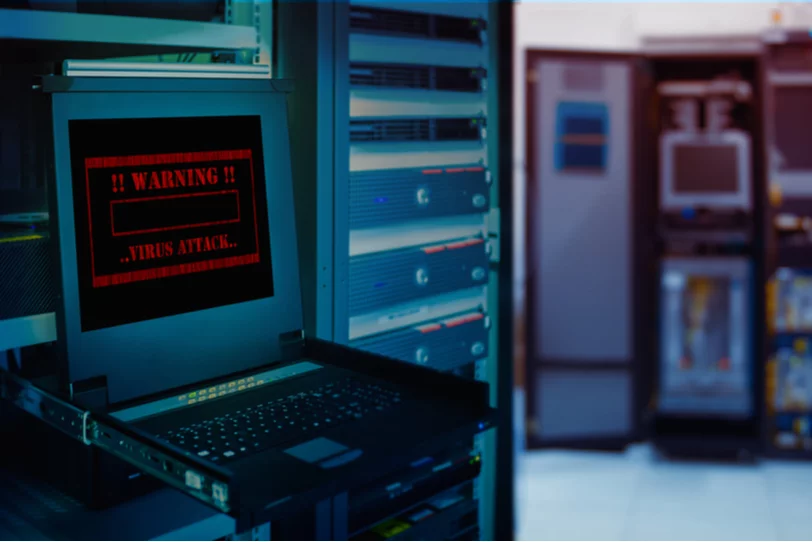
Every enterprise is trying to get their downtime as low as possible. According to a survey by Uptime Institute, 9 out of every 10 data center operators are focusing more on downtime. It is very difficult to fully eliminate the risk of downtime. Even a few seconds of downtime can cost thousands of dollars. You can also lose your valuable customer. Enterprises are moving towards data centers for keeping their critical applications running all the time. Downtime is not a major issue for some industries. But, for some industries, it can cause huge disruptions.
According to a report by Aberdeen Group, the cost of downtime has risen by 60% in the last 2 years. Enterprises are losing around $260,000 per hour due to downtime. If your enterprise heavily depends on technology, then you can end up losing more money. Your business productivity will also go down due to this. Also, downtime can damage your enterprise reputation.
Due to these costs, companies are more worried about downtime. It is important to have a business disaster recovery and continuity plan. Your IT department and managers should do proper planning. If you don’t have a plan, then the situation can easily get out of hand. Downtime can also result in data loss. Also, if your systems are down, then your employees will move to third-party tools. This will open many compliance and security vulnerabilities. Attackers can use these vulnerabilities for hacking into your system.
It is important to identify the main cause of server downtime. Most of the server downtime happens due to these common causes.
-
Human Error
According to various studies, Human error is the most frequent cause of server downtime. Server downtime mainly occurs due to either negligence or accident. It is very difficult to guard your server against human error. But, you can take various steps to reduce it.
You can implement various measures like accurate documentation of every task. Also, you should impose more strict policies on personal device usage. Most of the employees are using their personal devices for connecting with the enterprise network. Hackers can exploit their personal devices for hacking into your network. You should educate your employees about the new policies and processes. Predictive analytics and AI is becoming more common in modern data centers. Thus, the probability of human error will automatically decrease with time.
-
Cyberattack
Cyberattack is another common cause of server downtime. There are various network vulnerabilities that hackers can exploit for infiltrating your systems. Thus, they can steal your enterprise data and shut down critical applications. They can even use ransomware for locking your data. You can use various security practices for securing your system. But, it is difficult to protect your server from DDoS attacks. DDoS can crash your whole server if your server is not prepared to handle the sudden traffic spike. Many organizations are paying protection money to hackers.
Due to the rise of IoT devices, the attack area of companies is increasing. You can use various security measures to improve your system security. VAPT is one of the best methods for detecting new vulnerabilities. You should regularly scan your network for vulnerabilities. It is also important to test your network infrastructure by using predictive analytics. There are various sophisticated algorithms which you can use for monitoring suspicious attack. This will help you in detecting cyber attacks.
-
Hardware or Equipment Failure
If your equipment is not working properly, then your server will automatically go down. Most of the physical data centers are always vulnerable to equipment failure. There are many hardware equipment like UPS battery, cooling system or server that can malfunction. You can’t even predict which equipment is going to fail. Still, you can use predictive analytics for identifying some of the problems. It will also help you in preventing unexpected event which can trigger server downtime.
If you are using outdated hardware, then you should upgrade it. Most of the server outages occur due to old servers. Many enterprises are moving towards the virtualized server. They don’t need to pay for new equipment. You will get new equipment with built-in redundancies. Data centers are also not completely immune to this problem. But, they are using enough redundancies for reducing the downtime.
-
Software Failure
This is another very common cause of server downtime. If your operating system is using patches that were not tested, then all your applications can go down. Even old software is problematic. Most of the old tools lack new security measures. Thus, they can be easily hacked by attackers. They also don’t have modern drivers that are required for keeping the network up. There can be various vulnerabilities in the operating system that can be exploited by attackers.
Most of the companies are moving to server virtualization. This can help you in solving your server problem. But, you are also running more applications in the network. Thus, this increases the risk of application failure. Netflix is running various simulations on their mission-critical applications. This will help them in making sure that they are ready to deal with any software failure. You can use a similar kind of mechanism for dealing with software failure.
Conclusion
Server downtime can also take your company website down. If your servers are down, then your customers can’t access your website. Thus, this can affect the reputation of your organization. You can lose hundreds of dollars due to downtime. Thus, it is very important to do proper planning. You should take every precaution to protect your server against downtime. Make sure that all your equipment is updated. It is also important to use good security practices for protecting your server. You can use all these tips for protecting your server from downtime. If you need more tips, then you can contact Bleuwire.
Contact us today to learn about Bleuwire™ services and solutions in how we can help your business.





